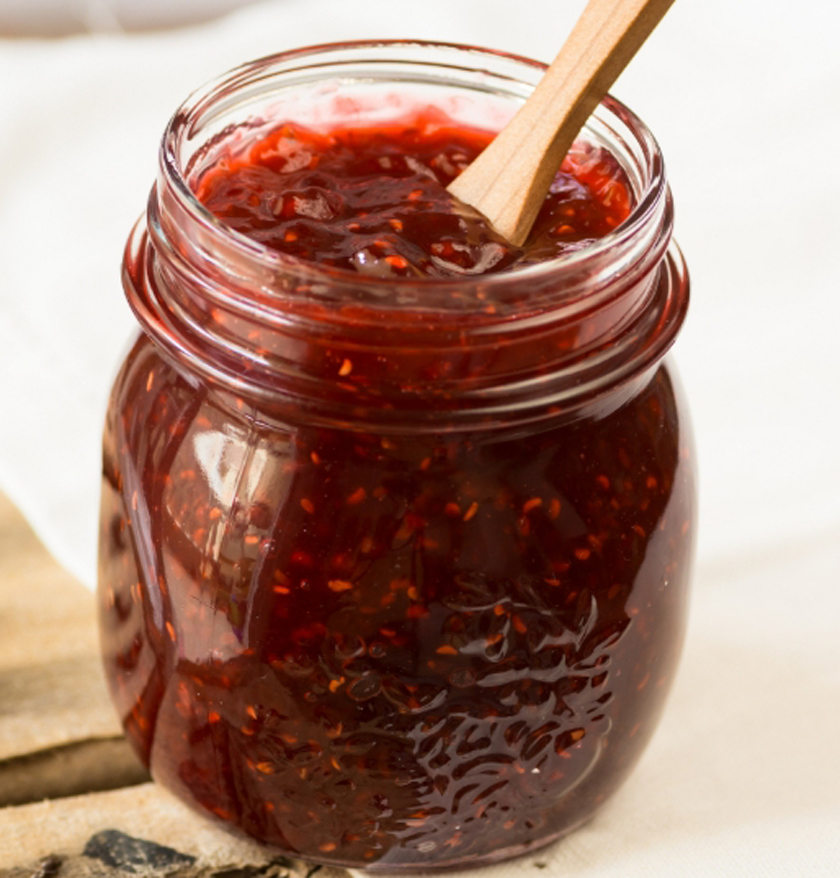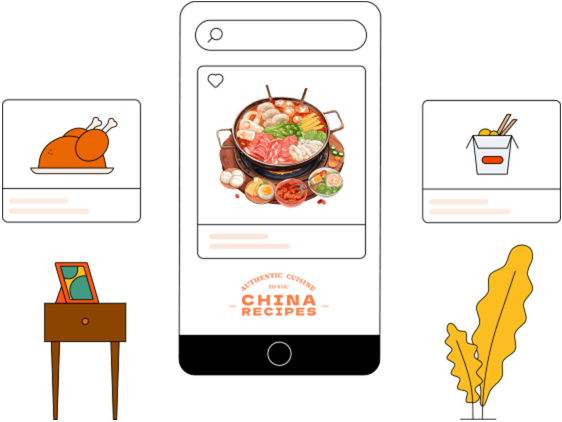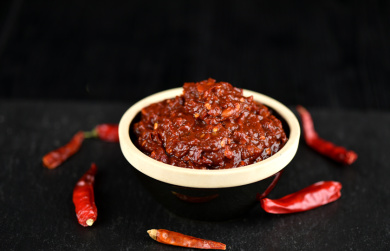Doubanjiang vs Gochujang: A Bold Flavor Showdown

Both Chinese Doubanjiang and Korean Gochujang are well-known fermented chili sauces. Although they are both "red sauces", they have formed completely different taste experiences due to differences in raw materials, production techniques, flavors, and cultural backgrounds.
Different Origins
Doubanjiang originated in the Sichuan region of China, and its history can be traced back to the Kangxi period of the Qing Dynasty. According to records, Chen, a Sichuan immigrant, accidentally mixed moldy broad beans and chili peppers, unexpectedly creating a unique sauce. Later, through family inheritance and improvement, it gradually developed into today's Pixian Doubanjiang, renowned as the "soul of Sichuan cuisine".
Gochujang was born on the Korean Peninsula and was first recorded in Korean literature in the 16th century. Using chili peppers, glutinous rice, and soybeans as the base ingredients, it integrates traditional Korean fermentation techniques and has become the core flavoring in dishes such as Korean stone pot bibimbap and kimchi soup.
Different Raw Materials and Production Techniques
The core raw materials of Doubanjiang are broad beans (or soybeans), chili peppers, and salt. The traditional production process involves steps such as soaking, steaming the beans, making koji, and mixed fermentation, which can take months or even years. For example, Pixian Doubanjiang in Sichuan requires "exposure to the sun during sunny days, covering during rainy days, turning over during the day, and airing at night", forming a rich sauce aroma through natural fermentation.
On the other hand, Gochujang mainly consists of Korean chili powder (gochugaru), glutinous rice, soy flour, and sweeteners (such as maltose or rice sugar). The traditional technique involves fermenting the mixture of glutinous rice and maltose into a sweet rice paste, then mixing it with chili powder and other ingredients. The fermentation time is usually 3 - 6 months. Modern shortcuts use miso to replace some fermentation steps, reducing the time to just a few days.

Different Flavors
Doubanjiang is characterized by "moderate saltiness, spiciness, and a rich sauce aroma". During the fermentation process, soy protein is converted into amino acids, forming umami substances. The slight spiciness of the chili peppers and the sweet aftertaste of the beans reach a balance, with rich flavor layers.
Gochujang, on the other hand, features a "complex sweet and spicy" flavor. The sweetness of the glutinous rice combines with the spiciness of the chili peppers, complemented by the umami of the soybeans, creating a complex texture of "spicy with a sweet undertone, and a soft and savory taste". Its spiciness level is generally lower than that of Doubanjiang, and due to the addition of maltose or honey, the aftertaste is even sweeter.
Different Textures
The texture of Doubanjiang is generally coarser, retaining whole broad beans or chili pepper pieces. After stir-frying, it has a granular and fragrant explosion feeling. When using it to cook, the sauce aroma and the "breath of the wok" blend perfectly.
Gochujang, however, is as delicate, viscous, and shiny as jam. It is suitable for directly mixing with rice or being used as a dipping sauce. It can be eaten directly without stir-frying and is very common, especially in cold dishes and Korean bento boxes.
Different Aromatic
The core flavor of Doubanjiang lies in the broad bean aroma and sauce aroma after fermentation, combined with the spiciness of the chili peppers and the saltiness of the salt, forming a very deep flavor.
The uniqueness of Gochujang lies in its sweetness, which comes from glutinous rice or maltose. After fermentation, it brings out a mild ester aroma, with a sweet aftertaste in the spiciness. It is not overpowering but highly distinctive.
The contrast between these two flavors also reflects the different pursuits of spicy cultures in China and South Korea: China emphasizes "richness and complexity", while South Korea prefers "balance and mildness".
Different Nutritional Compositions
Doubanjiang is rich in protein (about 13.6 grams per 100 grams), unsaturated fatty acids, and trace elements (such as iron and calcium). The probiotics produced during its fermentation are beneficial to intestinal health, and soy isoflavones also have antioxidant and cholesterol-regulating effects.
Korean Gochujang has a relatively high carbohydrate content (about 10 grams per 20 grams), mainly from glutinous rice and sugars. Its calorie content is relatively low (40 calories per 20 grams). Capsaicin can promote metabolism, but the sodium content is relatively high (470 milligrams per 20 grams), so attention should be paid to the intake amount.
Different Culinary Uses
Doubanjiang is an essential core seasoning in Sichuan cuisine and is suitable for the heavy-oil and high-heat Chinese cooking style, especially for stir-frying and stewing. Classic Sichuan dishes such as Mapo Tofu, Twice-Cooked Pork, and Fish-Fragrant Shredded Pork all rely on its flavor enhancement.
Gochujang is also equally important in Korean cuisine, particularly in dishes like stone pot bibimbap, spicy stir-fried rice cakes, kimchi hot pot, and Korean barbecue sauce. Its sweet and spicy flavor is very suitable for making marinades and sauces.
Although both are "chili sauces", their functional positions and cuisine cultures are completely different.
Can They Be Substituted for Each Other?
Although both are fermented chili sauces, direct substitution is not recommended.
If you use Gochujang to make Mapo Tofu, you will find that the taste is too sweet, lacking the impact of the sauce aroma and spiciness. Conversely, using Doubanjiang to mix with rice is not suitable either, as the taste is too strong and the saltiness is overwhelming.

Is Doubanjiang the Same as Miso?
No, it isn't.
In terms of raw materials, Doubanjiang mainly uses broad beans and soybeans, with chili peppers and other supplementary ingredients; miso mainly uses soybeans, often with the addition of rice or wheat (no chili peppers).
In terms of production techniques, Doubanjiang requires fermentation and the addition of chili peppers and other seasonings; miso needs to be fermented in combination with rice or wheat.
In terms of flavor, Doubanjiang is more salty, savory, and spicy; miso often has a sweet taste.
In terms of usage, Doubanjiang is mostly used in Chinese stir-fried dishes and for dipping; miso is commonly used in Japanese soups and stews.
How Spicy is Doubanjiang?
The spiciness level of Doubanjiang is moderately high. Its spiciness mainly comes from chili peppers, but it is not as pungent as pure chili sauce. Its spiciness is accompanied by saltiness, savory flavor, and fermented bean aroma, with more emphasis on flavor layers.

Should I Refrigerate Doubanjiang?
Doubanjiang needs to be refrigerated.
After opening, it should be tightly sealed and stored in the refrigerator to avoid spoilage at room temperature.
Unopened Doubanjiang can be stored at room temperature, but attention should be paid to sealing and avoiding light.
When refrigerating, it is recommended to tightly screw on the lid, which can extend the shelf life to about three months.
For long-term storage, it is recommended to package it in separate portions and freeze. Also, avoid humid and high-temperature environments.























